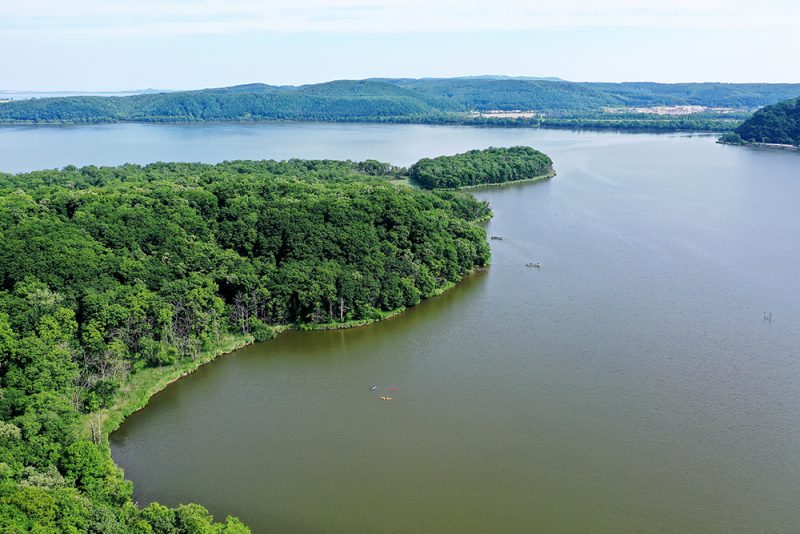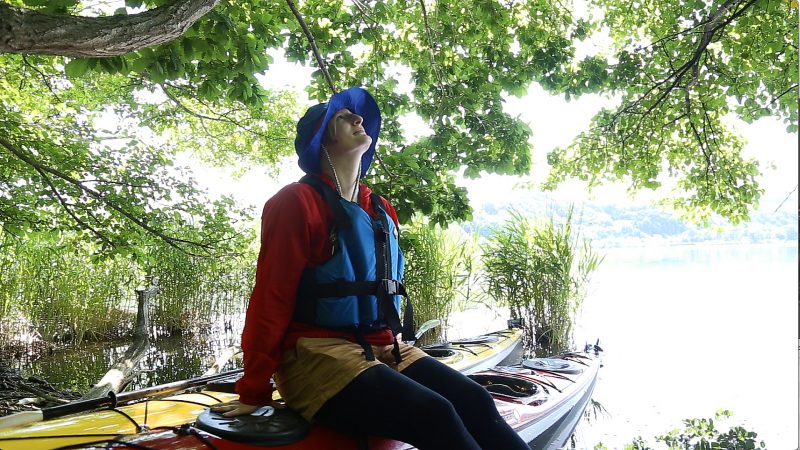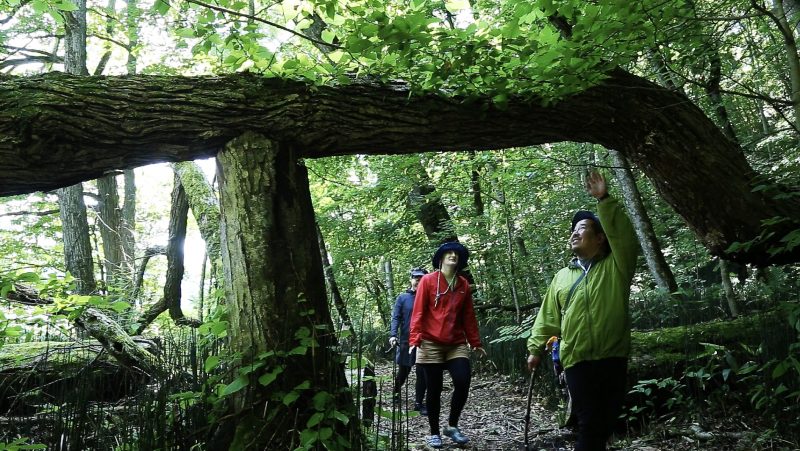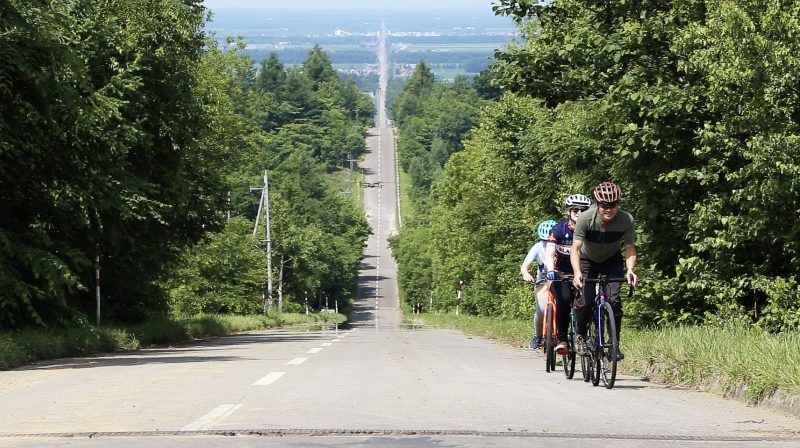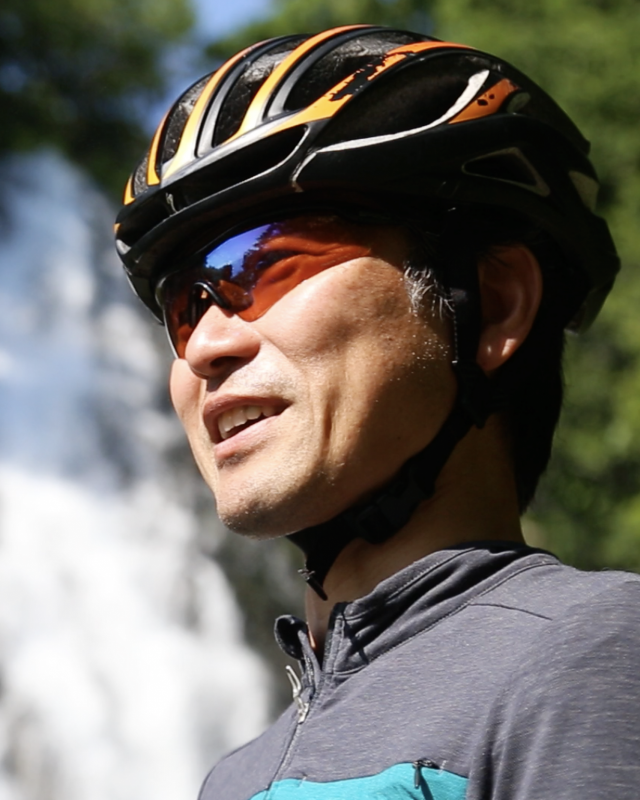- Activity Level
5-Day Cycling Tour to “the End of the Earth” Shiretoko
This once-in-a-lifetime cycling tour will take you from Abashiri City through the UNESCO World Natural Heritage Site of Shiretoko as you follow the course of the winter drift ice. The Japanese name “Shiretoko” is derived from the indigenous Ainu “Sir Etok,” meaning “the end of the earth.” Together with your local professional cycling guide, you will ride along the coast of the Sea of Okhotsk and head towards the Shiretoko peninsula. During this tour, you have a chance to immerse yourself in the local lifestyle and learn how life here is connected to the drift ice phenomenon. This ride will be a total of 144 km(88 miles) of cycling along the coast and on medium hills to Japan’s famous “End of the Earth.”
Located on the far Eastern edge of Hokkaido, the Shiretoko peninsula is registered as a UNESCO World Natural Heritage Site due to its rich nature – both in the peninsula itself and in the sea that surrounds it. In part, thanks to the drift ice, a mass of ice made of seawater gets thinned by the natural forces of the Amur River over 1000 km(621 miles) from Hokkaido. The ice carries nutrients to the sea around Shiretoko in the winter and supports the abundant nature of this region. This drift ice also creates an icy surface covering the Sea of Okhotsk in the winter.
Abashiri city, Shari town, Kiyosato town, Koshimizu town
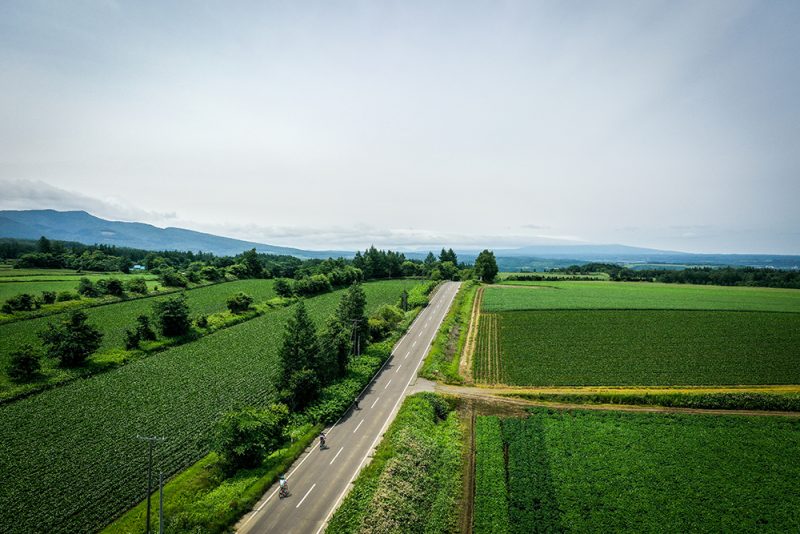
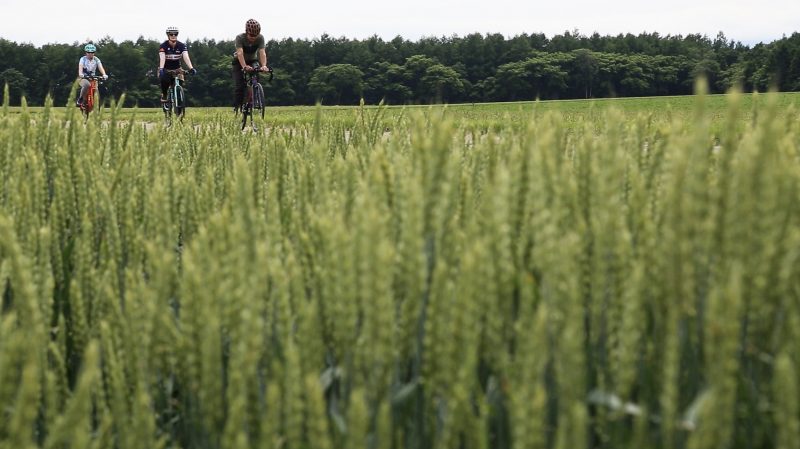

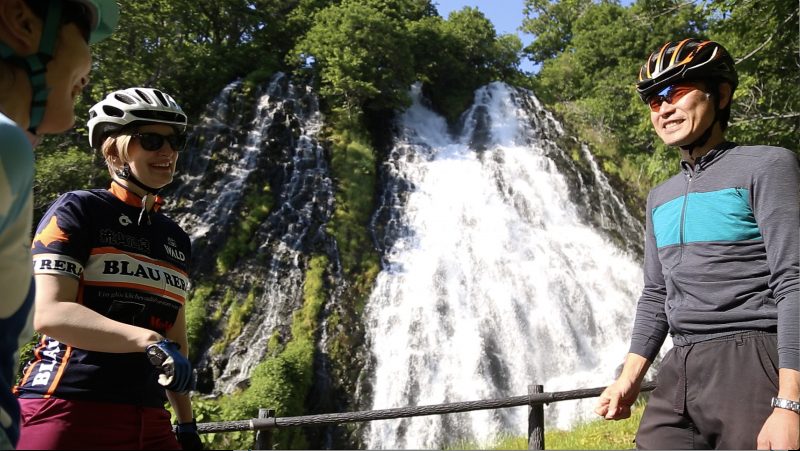
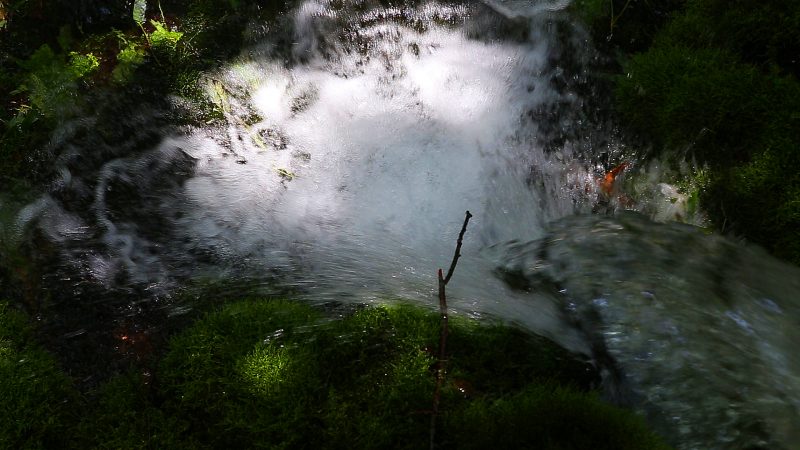
People you’ll meet
No. EM000020 5-Day Cycling Tour to “the End of the Earth” Shiretoko
| Area | Abashiri city, Shari town, Kiyosato town, Koshimizu town |
|---|---|
| Length | 5 days |
| Price | Please contact us |
| Season | June - September |
| Group size | Minimum: 4 Maximum: 10 |
| Activity level | 4* |
| Activities | • Cycling • Cultural Experiences • Kayaking • Nature walk |
| Meeting point | Memanbetsu Airport (MMB) |
| Price includes | • 4 nights accommodation • Meals( 4 breakfasts, 4 lunches, 4 dinners) • All the activities • All transport as described in the itinerary • Snacks and refreshments • English speaking Japanese guide(s) |
| Clothing | • Adequate cycling clothing & high visibility items • Fleece jacket or similar in case of cold weather • Cycling shoes |
| Items to bring | • Backpack • Water bottle • Rain gear • Sunscreen • Sunglasses |
Traveler’s Digest
DAY 1
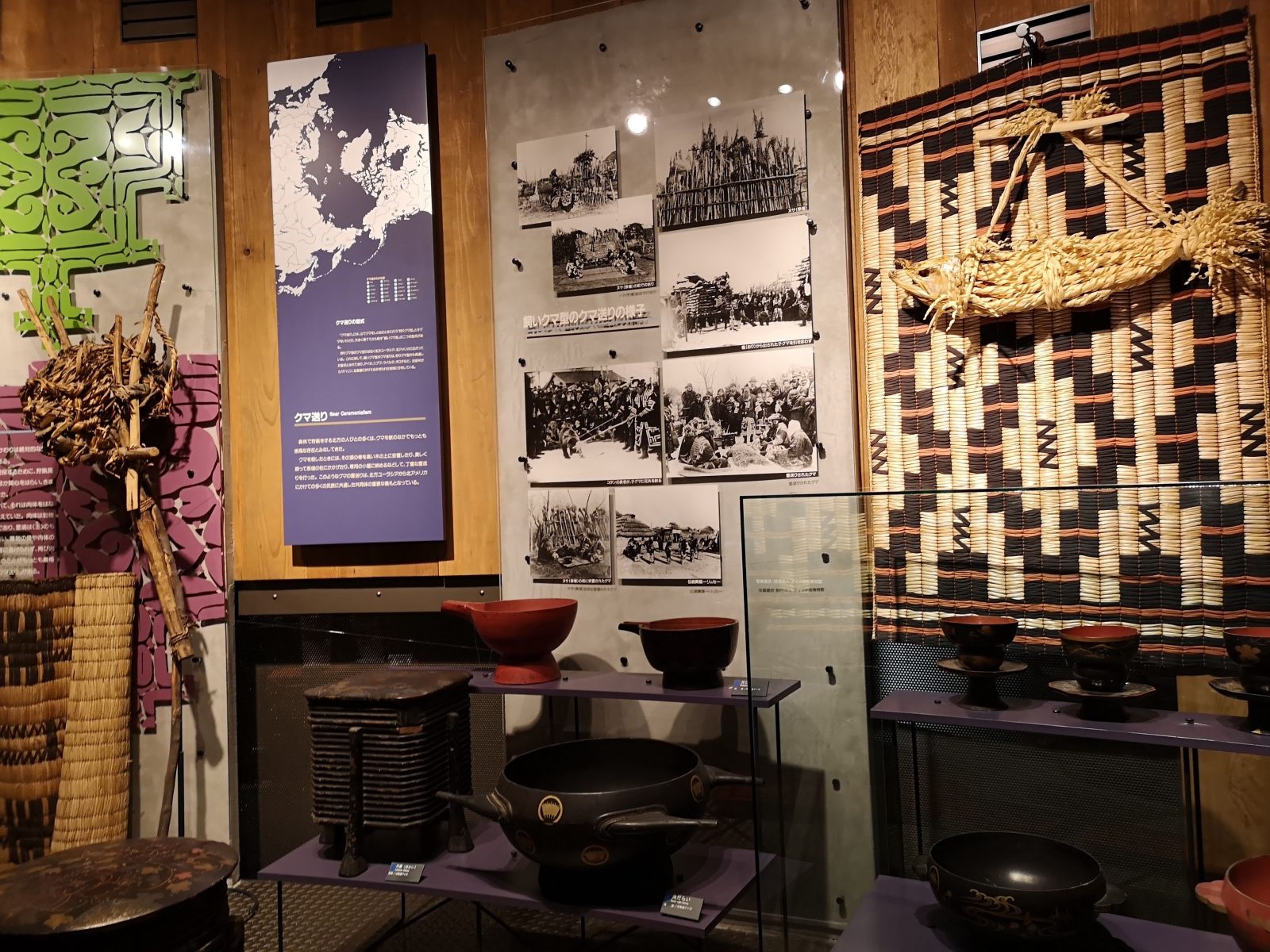
You will meet the other group members at 13:00 at Memanbetsu Airport in Eastern Hokkaido. Once everyone is together, we will hold a short meeting to introduce ourselves and brief everyone on our upcoming 5-day adventure. Then we will head off to the Hokkaido Museum of Northern Peoples in Abashiri in a private van. Abashiri is where the drift ice gathers in winter. The city is also considered the entrance to the Okhotsk area.
In the museum, you can enjoy multiple exhibitions about the culture of the peoples who adjusted their life to this polar climate. You will have a chance to learn about the connections between the world and Japan (especially Hokkaido) by getting to know the lives of the ethnic minorities in the northern region connected by drift ice. This museum visit will help you understand the connection between ancient life in the north and our kayaking trip on a deeper level. The old Okhotsk people used kayaks for hunting seals and whales, which were many times bigger than the kayaks (no worries, we will use kayaks only for some relaxing birdwatching). Our kayak experience will be much more enjoyable when we understand the people who used to live in this area.
DAY 2

After breakfast, we hop in our private van and head to the starting point of today’s adventure by Lake Abashiri. In Lake Abashiri of Abashiri Quasi-National Park, we enjoy paddling in a kayak, a bit like those used by the ancient northern people. Kayaking and enjoying beautiful sceneries are something anyone can enjoy. Various birds such as kingfishers, cormorants, ducks, and gray herons live at the lake. White-tailed eagles fly in the area throughout the year.
After paddling for about an hour, we will arrive at Omagari Garden at the riverbank. Abashiri Prison cleared and cultivated this area to ensure the self-sufficiency of the faculty members and the prisoners. Here, we will harvest some local vegetables that we will use for today’s lunch. Enjoying some more kayaking and bird watching on the way back, we will return to the starting point through gentle streams to have lunch.
Today’s lunch is a pizza that we will use locally produced flour and the fresh local vegetables that we harvested. We will bake our original pizza in a handmade pizza oven at the riverside.
After the meal, our cycling guide for the rest of the journey will join us, and we will have a lecture for our cycling route to Shiretoko and have a bicycle test run for about 1 hour while feeling the Okhotsk breeze.
DAY 3
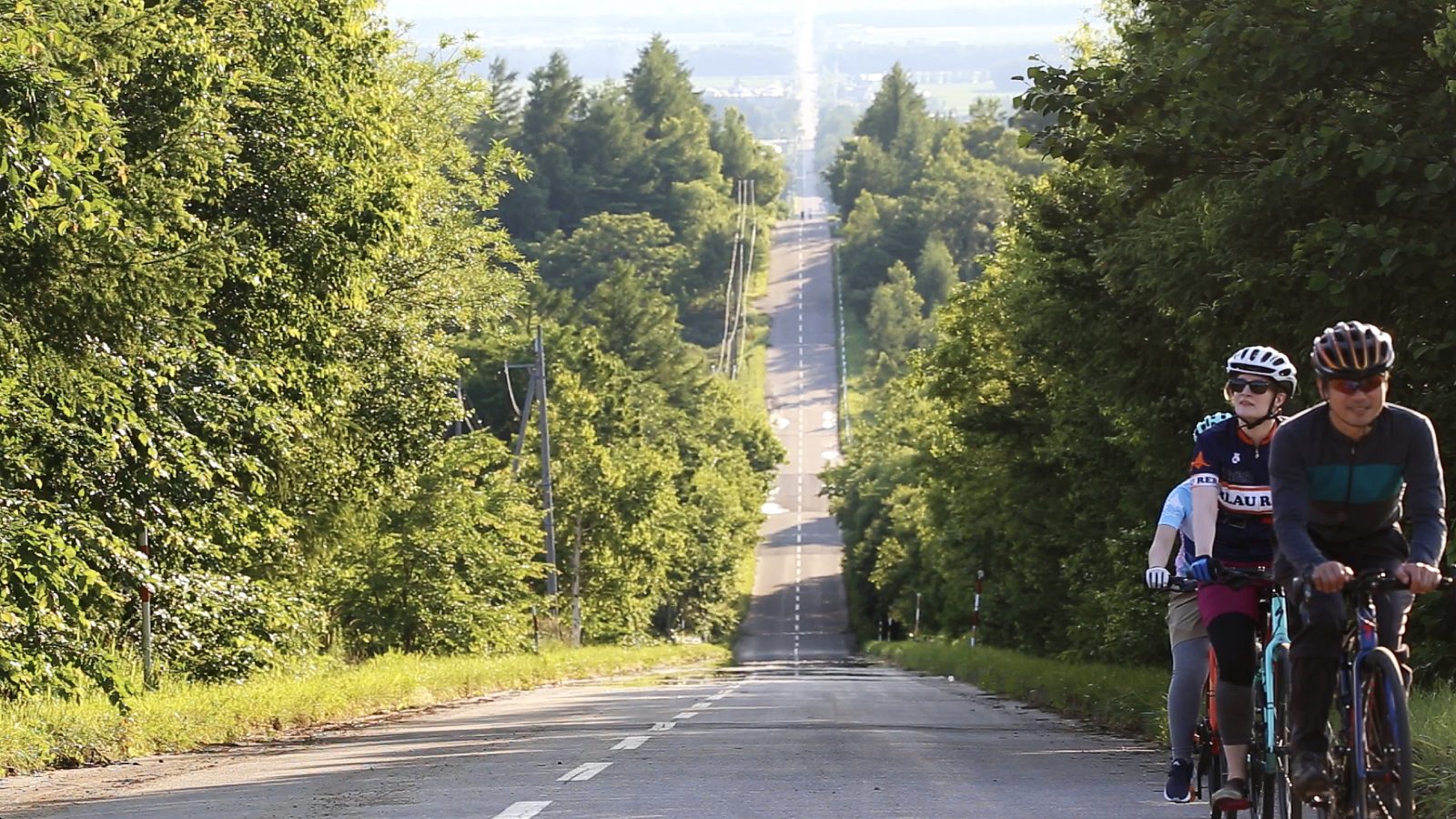
We will start our day by going up to Mt. Tento overlooking the entire Abashiri city and enjoying a panoramic view of the Shiretoko cycling course and our adventure that is about to begin. We will enjoy a fresh breakfast prepared by local farmers at the dining venue with farm vegetables and fresh seafood. Enjoy pickled vegetables, a local seafood soup, bread made from local wheat, and ready for our upcoming adventure.
Today we will be cycling along the Sea of Okhotsk, which is the southernmost place in the world where you can experience the drift ice phenomenon (around February, not at the timing of this tour). We can follow the route of the drift ice while appreciating the lifestyle of the people living along the Sea of Okhotsk up close. We can also enjoy the changes in the scenery surrounding us. Abashiri in the Okhotsk region is known for having Japan’s most powerful agriculture, the livestock industry, and fishery. We will enjoy a 6-hour Shiretoko cycling route with hilly ups and downs. We can feel the diversity of this area, including the evolving industry, the processing industry, and the craft industry on the top of the area’s primary industries.
We will stop at a local restaurant for today’s lunch. Their popular curry dish uses plenty of local Hokkaido ingredients, such as meat and locally produced onions. Soft-served ice cream with 100 % milk from Eastern Hokkaido is also famous. We will continue our Shiretoko cycling journey to a small village called Kiyosato. We will arrive at today’s onsen hotel around 4 PM.
DAY 4
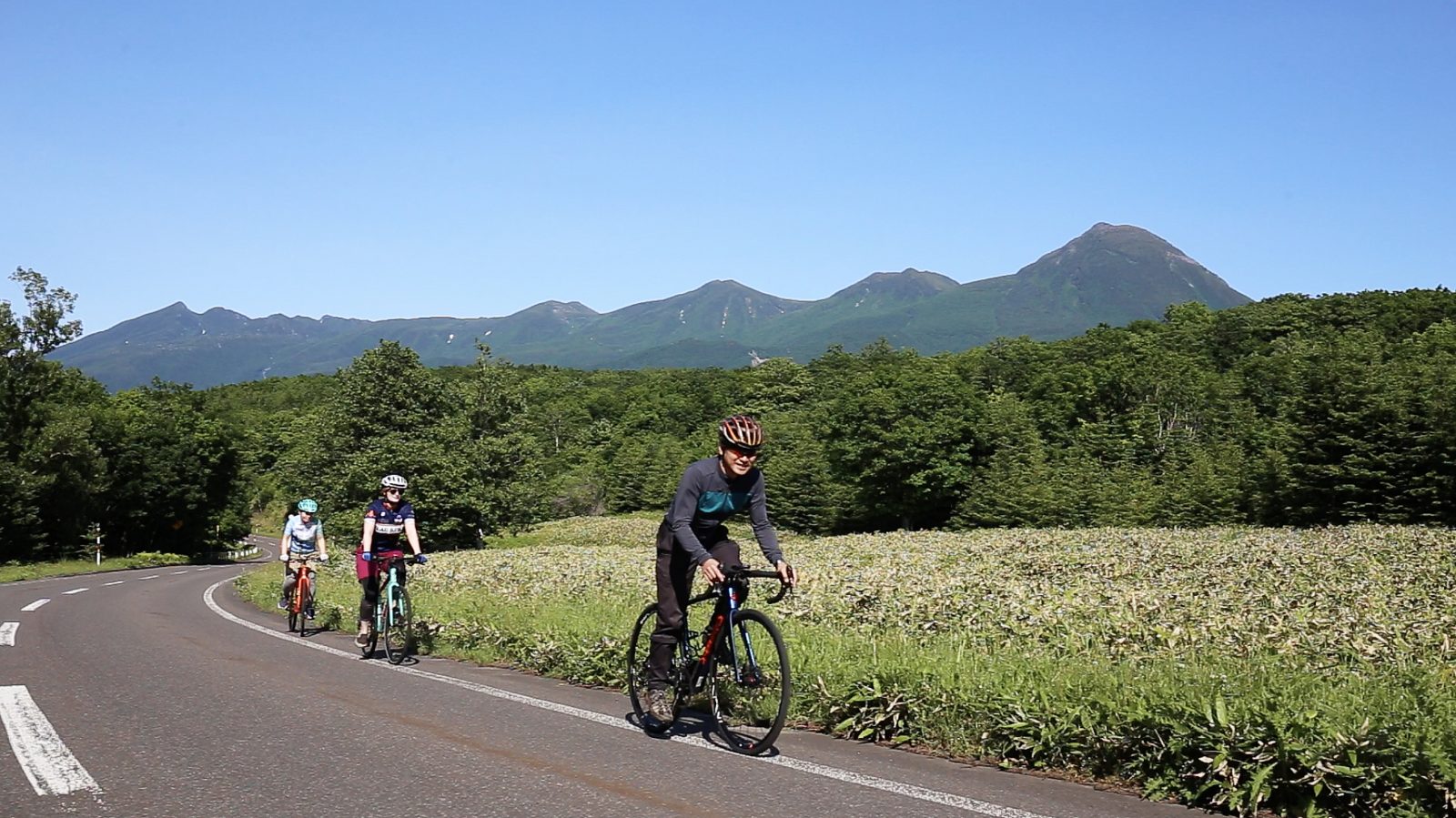
Today you will have a chance to compare how the Shiretoko National Park, which is composed of rocks and mountains, is different from the lakes, dunes, grasslands, and hills of the Abashiri Quasi-National Park that you have visited so far. We start today’s cycling by fetching some natural spring water at one of the leading spiritual sites in Eastern Hokkaido and pray that the rest of our trip to Shiretoko will be safe. Now we are ready to pedal to the Ikushina Primitive Flower Garden, overlooking the beautiful Shiretoko peninsula, and feel the vastness of Hokkaido on the “Road to Heaven,” which is a straight road with 28 km(17 miles) long, named so because it seems to be stretching to the sky.
We will stop by for lunch at a cafe at the pottery workshop Shari Kiln. When it comes to the traditional kilns of the Northeastern tip of Japan, the pottery is made by burning the local soil with firewood from Hokkaido. They serve lunch, sweets, and delicious coffee using their natural local ingredients by their pottery.
Feel the sea breeze from the Sea of Okhotsk and enjoy the landmark waterfall of Oshinkoshin on the Shiretoko Peninsula. Today you will learn about Shiretoko Peninsula at the Shiretoko World Heritage Center, which is the goal of our hilly 6-hour Shiretoko cycling course.
DAY 5
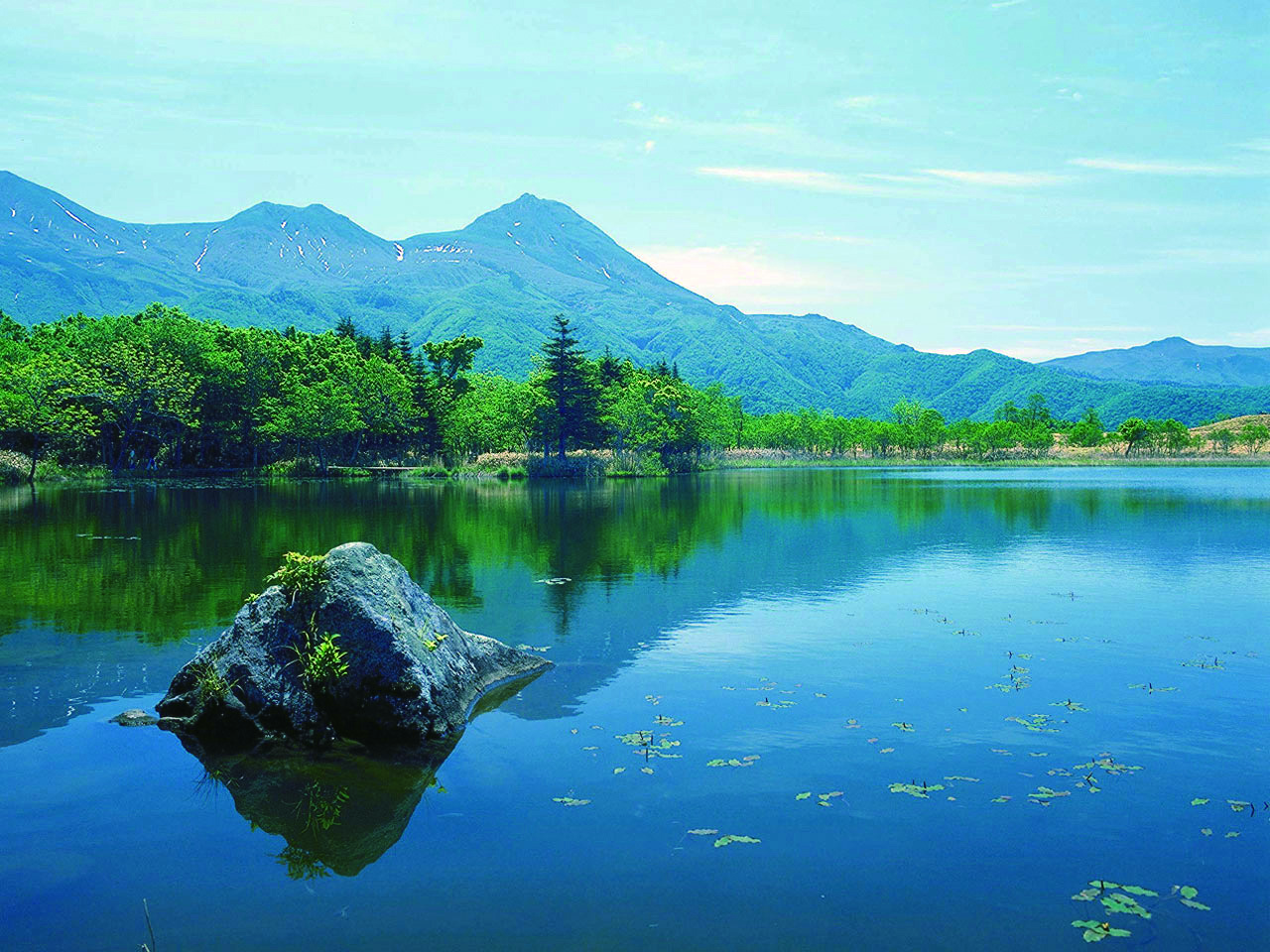
This is the day we step into the center of Japan’s easternmost national park “Shiretoko” and experience its nature. After leaving the hotel, you will learn about the flora and fauna of Shiretoko Goko Lakes at the Shiretoko Goko Field House. Shiretoko Goko Lakes are five mysterious lakes nestled in the primeval forest against the backdrop of the Shiretoko Mountain Range. The lake area is also a habitat for many wild animals. This area is where we can experience the richness of nature in Shiretoko, observing brown bear claw marks and signs of the black woodpecker. You can take a walk through the Shiretoko Goko Lakes with a local nature guide, (unless the walkway is closed because there is a bear on the trail, which happens from time to time).
From the Shiretoko Goko Field House in Shiretoko National Park back to the Abashiri Quasi-National Park area, we will travel 2 hours by van along the same route that you cycled before. We will receive a “food mileage zero” lunch box made by the locals for lunch on the final day. This bento box is with as many fresh local ingredients as possible. You can have a nice nap in the van on the way to Sapporo, the capital of Hokkaido, as it takes 4 hours to get to the city. We say our goodbyes around 17:00 at the JR Sapporo Station, situated right in the center of the city.
